Monday, 10 September 2012
CPN-Chlamydia-Candida
I have been diagnosed with a chronic bacterial infection
Hi,
So I'm new here, just wanted to post this and see what you all think.
I was diagnosed with M.E/CFSi around 3 years ago, so I was just 17. Now 20 years old I had my blood sent off to Dr. AW. He confirmed an infection of
"Borrelia - like spirochaetal forms". Also;
"Bacterial forms i.e. Chlamydia Pneumoniae-like forms/Micro-cocci forms/small-form bacteria (all treated by the Chlamydia Pneumoniae protocol)".
He has reccomended Samento for three months then we are going to have another look at my blood I think. Although, I am sort of delaying the Samento as I want to know just how much of my symptoms are down to Candida. I am in constant contact with Dr. SM for other health issues, so I think I may need some drug intervention for Candida. I have always struggled with it and don't want to load myself up with antibiotics yet, hence the Samento, abxi will probably screw my gut flora up again! Dr. AW also advised not to take vitamin Di as it has implications with chronic illness. The video he reffered me to is here; http://www.vimeo.com/2585394
In the phone consultation Dr. AW we briefly discussed my treatment of moderately sever acne with antibiotics approx three years ago. This was no prescribed my Dr. AW but my own GP.
It may be clear to me now that what I thought was my very violent and quick decent into M.E after taking antibiotics three years ago, was actualy massive die off symtpoms. It took me almost a year to get back to feeling a little bit 'normal', but I have never felt well since. I was on a high dosage of tetracycline, I think almost 500mg-750mg, daily for around 10-12 months.
I recently had a phone consultation with Dr. SM (Dr. SM is now my main doctor, Dr. AW is the doctor I go to for the issues I'm discssuing above) and her next step of treatment is revolving around chemical sensitivity, as I have a problem with perfumes/cleaning products etc.
As far as prescription drugs go, I have been diagnosed with adrenal fatigue by Dr. SM, I am currently taking Prednisolone (1mg) daily. Also I have poor pancreatic enzyme secretion and maldigestion of fats, so I am also taking Creon Micro.
I just thought you guys could give me some good advice maybe?
Thanks.![Laughing Laughing]()
So I'm new here, just wanted to post this and see what you all think.
I was diagnosed with M.E/CFSi around 3 years ago, so I was just 17. Now 20 years old I had my blood sent off to Dr. AW. He confirmed an infection of
"Borrelia - like spirochaetal forms". Also;
"Bacterial forms i.e. Chlamydia Pneumoniae-like forms/Micro-cocci forms/small-form bacteria (all treated by the Chlamydia Pneumoniae protocol)".
He has reccomended Samento for three months then we are going to have another look at my blood I think. Although, I am sort of delaying the Samento as I want to know just how much of my symptoms are down to Candida. I am in constant contact with Dr. SM for other health issues, so I think I may need some drug intervention for Candida. I have always struggled with it and don't want to load myself up with antibiotics yet, hence the Samento, abxi will probably screw my gut flora up again! Dr. AW also advised not to take vitamin Di as it has implications with chronic illness. The video he reffered me to is here; http://www.vimeo.com/2585394
In the phone consultation Dr. AW we briefly discussed my treatment of moderately sever acne with antibiotics approx three years ago. This was no prescribed my Dr. AW but my own GP.
It may be clear to me now that what I thought was my very violent and quick decent into M.E after taking antibiotics three years ago, was actualy massive die off symtpoms. It took me almost a year to get back to feeling a little bit 'normal', but I have never felt well since. I was on a high dosage of tetracycline, I think almost 500mg-750mg, daily for around 10-12 months.
I recently had a phone consultation with Dr. SM (Dr. SM is now my main doctor, Dr. AW is the doctor I go to for the issues I'm discssuing above) and her next step of treatment is revolving around chemical sensitivity, as I have a problem with perfumes/cleaning products etc.
As far as prescription drugs go, I have been diagnosed with adrenal fatigue by Dr. SM, I am currently taking Prednisolone (1mg) daily. Also I have poor pancreatic enzyme secretion and maldigestion of fats, so I am also taking Creon Micro.
I just thought you guys could give me some good advice maybe?
Thanks.
- Login or register to post comments
- Email this page
- Printer-friendly version
Submitted by speedbird on Tue, 2009-02-03 14:23.
A recent discussion about yeast here could give you some ideas for preventative measures before you begin antibiotics. Candida
If you look in the Getting Started section you will find the list of supplementsi recommended as adjuncts to support your body during treatment. A lot of us began the CAPi by taking the supplementsi first before any abxi, so you might want to consider that course of action now.
If you look in the Getting Started section you will find the list of supplementsi recommended as adjuncts to support your body during treatment. A lot of us began the CAPi by taking the supplementsi first before any abxi, so you might want to consider that course of action now.
- Login or register to post comments
- Email this comment
Submitted by Reenie on Tue, 2009-02-03 15:18.
Hi BA88,
I'm not so sure how you'll be able to combine the recommendations with using CAPi if you're referring to this video by Marshall. Do you see in that vid link where Marshall implicates the "good bacteria" as not so good? He doesn't explicitly word it that clearly in that video but he doesn't believe in using any probiotics or any supplementsi including D.
I was on that protocol for nearly 4 yrs and now I see that lack of supplementsi including D is not a good thing. If you need to take probiotics, I think you ought to do that too like people on this site do.
Personally, all the years I've been on abxi now starting in 2004, I haven't had any problems with candida and I only seldom take probiotics and try to eat yogurt but I'm not diligent.
There are folks that thought they had yeast when in fact it was something else so be careful and look for other causes if you're having a rough time treating "yeast."
BTW, as for the slide referring to the past 5 yrs and 500 cohorts, many of us are not recovered nor have we "reversed" our autoimmune conditions as is said there. (about 10 mins into the presentation) Many of us had gotten sicker by resorting to low levels of Vitamin Di and no supplements.
I think you're getting some good advice here on this site and you may want/need to do a little more research for yourself first before deciding which way to go. I personally am glad I didn't develop cancer or some other more dangerous condition by allowing my D levels to plummet to single digits and was able to turn that back around.
Do be careful. Vitamin D can help you heal and is your friend.![Cool Cool]()
I'm not so sure how you'll be able to combine the recommendations with using CAPi if you're referring to this video by Marshall. Do you see in that vid link where Marshall implicates the "good bacteria" as not so good? He doesn't explicitly word it that clearly in that video but he doesn't believe in using any probiotics or any supplementsi including D.
I was on that protocol for nearly 4 yrs and now I see that lack of supplementsi including D is not a good thing. If you need to take probiotics, I think you ought to do that too like people on this site do.
Personally, all the years I've been on abxi now starting in 2004, I haven't had any problems with candida and I only seldom take probiotics and try to eat yogurt but I'm not diligent.
There are folks that thought they had yeast when in fact it was something else so be careful and look for other causes if you're having a rough time treating "yeast."
BTW, as for the slide referring to the past 5 yrs and 500 cohorts, many of us are not recovered nor have we "reversed" our autoimmune conditions as is said there. (about 10 mins into the presentation) Many of us had gotten sicker by resorting to low levels of Vitamin Di and no supplements.
I think you're getting some good advice here on this site and you may want/need to do a little more research for yourself first before deciding which way to go. I personally am glad I didn't develop cancer or some other more dangerous condition by allowing my D levels to plummet to single digits and was able to turn that back around.
Do be careful. Vitamin D can help you heal and is your friend.
- Login or register to post comments
- Email this comment
Submitted by jeanneroz on Wed, 2009-02-04 19:06.
Welcom BA88.. I truly believe you need to do some additional research to understand the seriousness of the bacteria you have in your body and the havoc it can wreak.
You obviously have not been cured of Lyme and CPNi is not erradicated with monotherapy (or herbs alone -- at least it's not been studied/proven. You may eliminate "symptoms" but not the bacteria itself. )
There is SOOO much information here -- it would be helpful for you (and possibly your doc) to read the Stratton Patent...
IMOi (and I've been on the protocol since 4/2007) this site started out as a support group for those following combination antibiotic protocol for the treatment of CPN.... it's becoming a bit confusing to newcomers as so many people are trying different "variations" and supplementsi. We are all here to learn how to get rid of this insidious bacteria.... but ultimately:
The basic's are all here, have been documented and proved by Dr. Stratton (and Wheldon). I'd do some bigtime reading before deciding NOT to take antibioticsi.
Just my personal thoughts :).... and I'd definitely stay away from the Marshall treatment (edited ;0
You obviously have not been cured of Lyme and CPNi is not erradicated with monotherapy (or herbs alone -- at least it's not been studied/proven. You may eliminate "symptoms" but not the bacteria itself. )
There is SOOO much information here -- it would be helpful for you (and possibly your doc) to read the Stratton Patent...
IMOi (and I've been on the protocol since 4/2007) this site started out as a support group for those following combination antibiotic protocol for the treatment of CPN.... it's becoming a bit confusing to newcomers as so many people are trying different "variations" and supplementsi. We are all here to learn how to get rid of this insidious bacteria.... but ultimately:
The basic's are all here, have been documented and proved by Dr. Stratton (and Wheldon). I'd do some bigtime reading before deciding NOT to take antibioticsi.
Just my personal thoughts :).... and I'd definitely stay away from the Marshall treatment (edited ;0
- Login or register to post comments
- Email this comment
Submitted by Reenie on Wed, 2009-02-04 12:33.
BA88,
Are you sure it's actually candida? There are several other issues which mimic yeast or candida. For example, I have psoriasis and I often get something which can be confused with fungus. The best treatment I've found for psoriasis is actually Vitamin Di both applied topically in an rx cream and from the sun.
You might rethink candida in that it might be some other sort of low grade infection caused by low Vitamin D and a weakened state of your immunei system. Yes, Vitamin D is antimicrobial.![Wink Wink]()
As for Marshall, he is definitely against probiotics and D supplementation. He believes we ought to strive to reduce all bacteria without adding any more to the gut, but I think this is not possible and not probable or even a good idea.
If you do a search on his site, you can read more on probiotics. Here's one such Q&A comment on yogurt. The person asking the Q is asking if it's best NOT to use probiotics or eat active live cultured foods like yogurt:
Q -
Does it not follow that we should strive to keep our gut biota load as low as possible to get the most out of our abxi dosing?
Marshall's answer -
"Absolutely. Also, reducing the gut bacteria will reduce the load on the innate immune system there."
Are you sure it's actually candida? There are several other issues which mimic yeast or candida. For example, I have psoriasis and I often get something which can be confused with fungus. The best treatment I've found for psoriasis is actually Vitamin Di both applied topically in an rx cream and from the sun.
You might rethink candida in that it might be some other sort of low grade infection caused by low Vitamin D and a weakened state of your immunei system. Yes, Vitamin D is antimicrobial.
As for Marshall, he is definitely against probiotics and D supplementation. He believes we ought to strive to reduce all bacteria without adding any more to the gut, but I think this is not possible and not probable or even a good idea.
If you do a search on his site, you can read more on probiotics. Here's one such Q&A comment on yogurt. The person asking the Q is asking if it's best NOT to use probiotics or eat active live cultured foods like yogurt:
Q -
Does it not follow that we should strive to keep our gut biota load as low as possible to get the most out of our abxi dosing?
Marshall's answer -
"Absolutely. Also, reducing the gut bacteria will reduce the load on the innate immune system there."
- Login or register to post comments
- Email this comment
Submitted by jeanneroz on Wed, 2009-02-04 12:50.
Hello BA88.... there are a couple of things you can try. First, if you think it is yeast, there is a "self-test" you can try at home (it's been mentioned on this site a few times)
1. Have a clear glass of water sitting near your bed. When you wake up in the AM, before drink anything or brush your teeth, spit into the water.
2. Let it sit for a minute or two .... if you see "trails" of spit going down in the water you possibly have yeast.
There are several OTC holistic options: 1) is the bentonite clay, capryol, and psyllium - see http://www.wholeapproach.com I was prescribed this by a holistic doctor and I know a couple of others here use this protocol as well.
3. You could also try a product called Tanilbit.
4. Whether you are taking antibioticsi or not, it would still be wise to take probiotics, especially if you have yeast :).
I just wanted to gently remind you that the bacteria you have can cause very serious health issues if left untreated.... that's how most of us got to this site.... years of being ill and untreated.
It "sounds" like your doctor is holistically/open-mined but, again, I'd have some concerns re his treatment thoughts since he is in favor of the Marshall Protocol...
Knowledge is self-empowerment! It is confusing and overwhelming sometimes, though --- that's why this site is here :)
1. Have a clear glass of water sitting near your bed. When you wake up in the AM, before drink anything or brush your teeth, spit into the water.
2. Let it sit for a minute or two .... if you see "trails" of spit going down in the water you possibly have yeast.
There are several OTC holistic options: 1) is the bentonite clay, capryol, and psyllium - see http://www.wholeapproach.com I was prescribed this by a holistic doctor and I know a couple of others here use this protocol as well.
3. You could also try a product called Tanilbit.
4. Whether you are taking antibioticsi or not, it would still be wise to take probiotics, especially if you have yeast :).
I just wanted to gently remind you that the bacteria you have can cause very serious health issues if left untreated.... that's how most of us got to this site.... years of being ill and untreated.
It "sounds" like your doctor is holistically/open-mined but, again, I'd have some concerns re his treatment thoughts since he is in favor of the Marshall Protocol...
Knowledge is self-empowerment! It is confusing and overwhelming sometimes, though --- that's why this site is here :)
- Login or register to post comments
- Email this comment
Submitted by MacKintosh on Wed, 2009-02-04 18:28.
Much as it pains me to refer to the Marshal treatment (yes, I deliberately misspelled it to avoid google referrals), let me add one thing the former MPi folks often forget to offer. That site edits out any negative responders and it flat-out evicts FORMER proponents of the treatment who have moved on and no longer advocate for his treatment.
I am suspicious and not a friend of any person, website or treatment not open to ALL sides of the story. Those who do not subscribe to the spirit of the First Amendment can take a hike, as far as I'm concerned.
I am suspicious and not a friend of any person, website or treatment not open to ALL sides of the story. Those who do not subscribe to the spirit of the First Amendment can take a hike, as far as I'm concerned.
The difference between what we do and what we are capable of doing would suffice to solve most of the world’s problems. Mohandas Gandhi
- Login or register to post comments
- Email this comment
Submitted by katman on Wed, 2009-02-04 20:05.
Applause, applause! Agree, agree! Except for malicious spammers, we are all equal here. (Thank you, Jim)
Rica
Rica
- Login or register to post comments
- Email this comment
Submitted by Reenie on Thu, 2009-02-05 13:49.
BA88,
I think that all that you're doing may only confirm you have some sort of infection, re; die off, but not that it's limited to yeast or candida.
You see, the agents you plan to take are antimicrobial, not specific to yeast.
HERE's a list of supplementsi we use while on CAPi to aid the immunei system's functions and to also help control symptoms of die off. I don't see Citricidal or GSE on the list but I've had good luck with it and there seems to be good evidence to support its use.
The Reactions and Remedies page also has alot of good remedies to use for die off and symptoms resulting from it.
I think that all that you're doing may only confirm you have some sort of infection, re; die off, but not that it's limited to yeast or candida.
You see, the agents you plan to take are antimicrobial, not specific to yeast.
HERE's a list of supplementsi we use while on CAPi to aid the immunei system's functions and to also help control symptoms of die off. I don't see Citricidal or GSE on the list but I've had good luck with it and there seems to be good evidence to support its use.
The Reactions and Remedies page also has alot of good remedies to use for die off and symptoms resulting from it.
- Login or register to post comments
- Email this comment
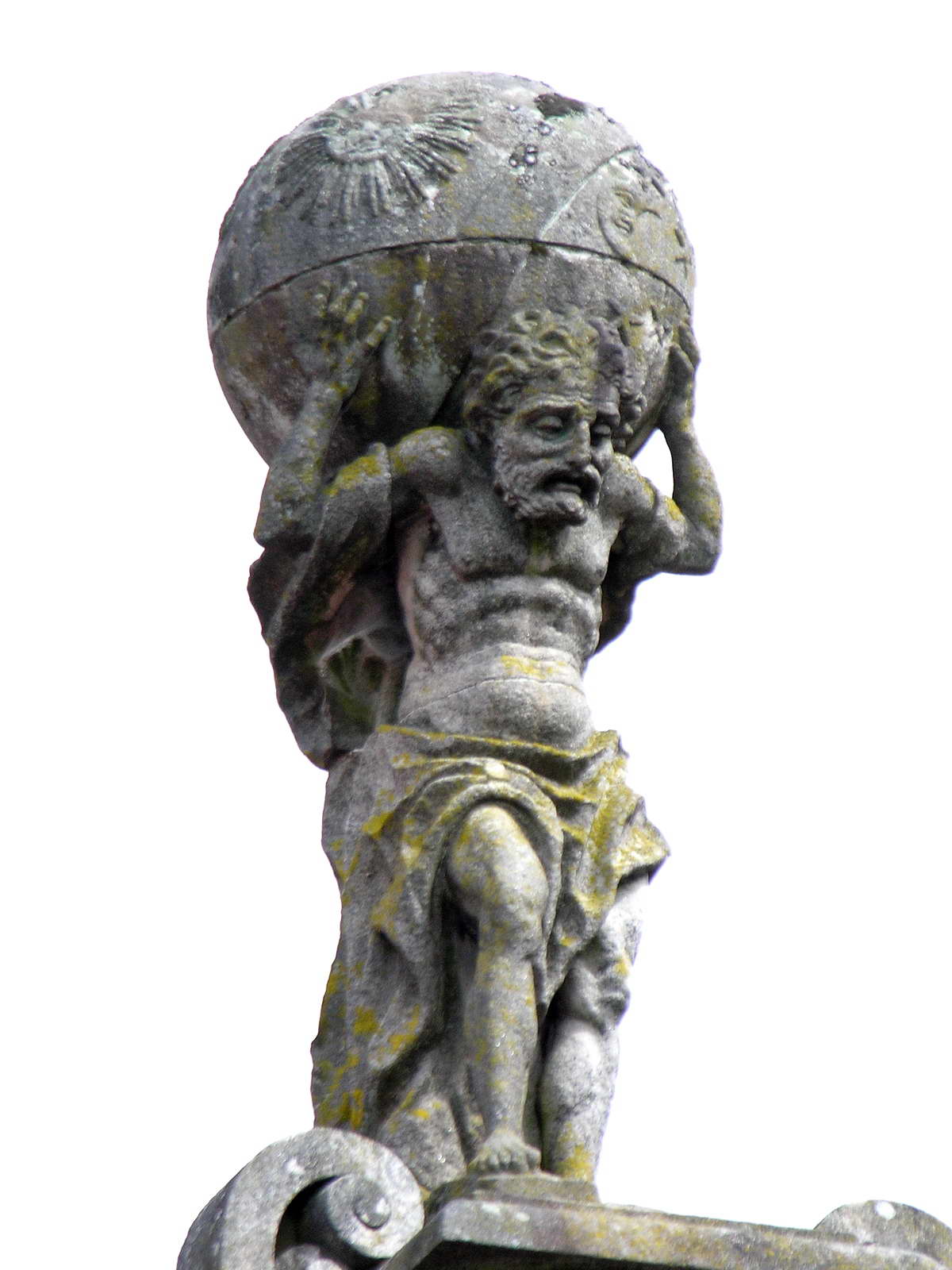
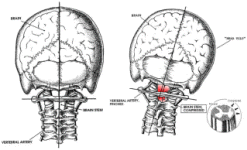

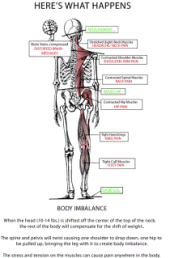


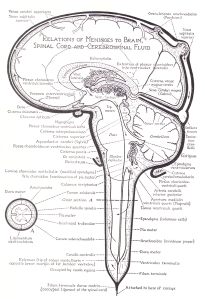

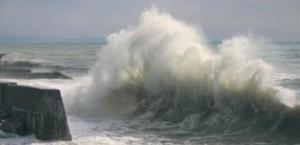
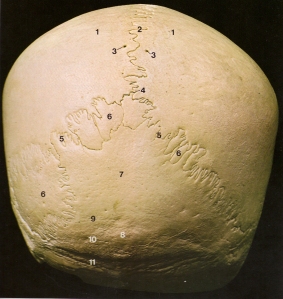

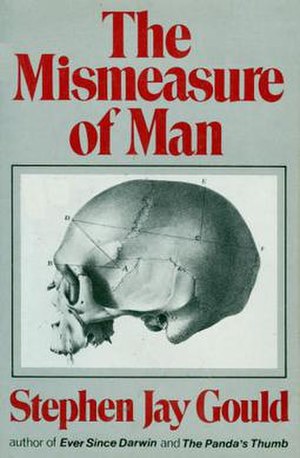

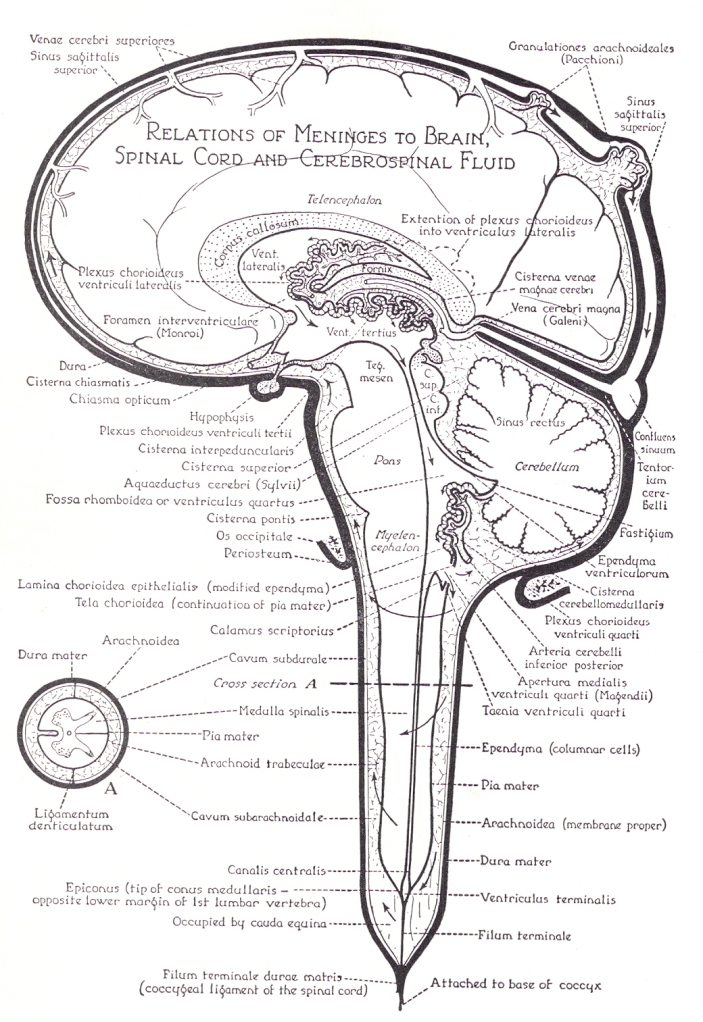




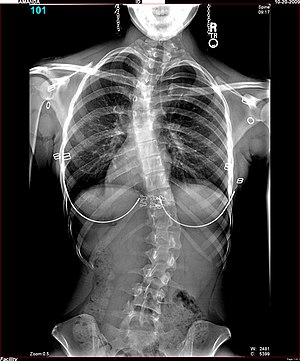
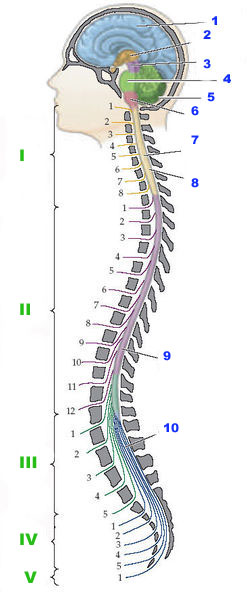

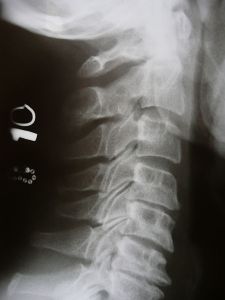





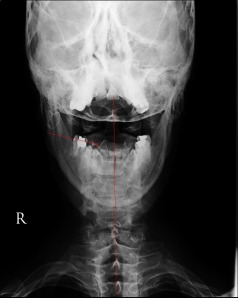
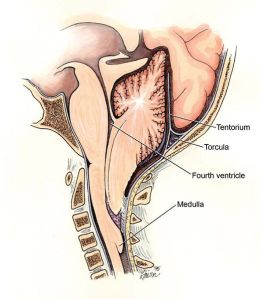
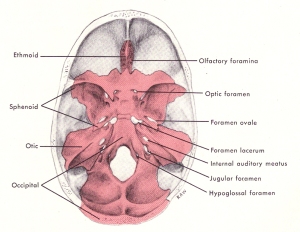

What came to mind immediately is: were you taking probiotics? For four years I completely avoided stomach/digestive upsets by taking them while taking three or four abxi every day. Given your diagnosis, you may by now have an inkling of what lies ahead of you. When you decide to do it, we will be here for you.
Remember that the sooner you begin, the easier it will be (I didn't say easy, but maybe not as hard as you think) and the sooner it will be done.
Rica